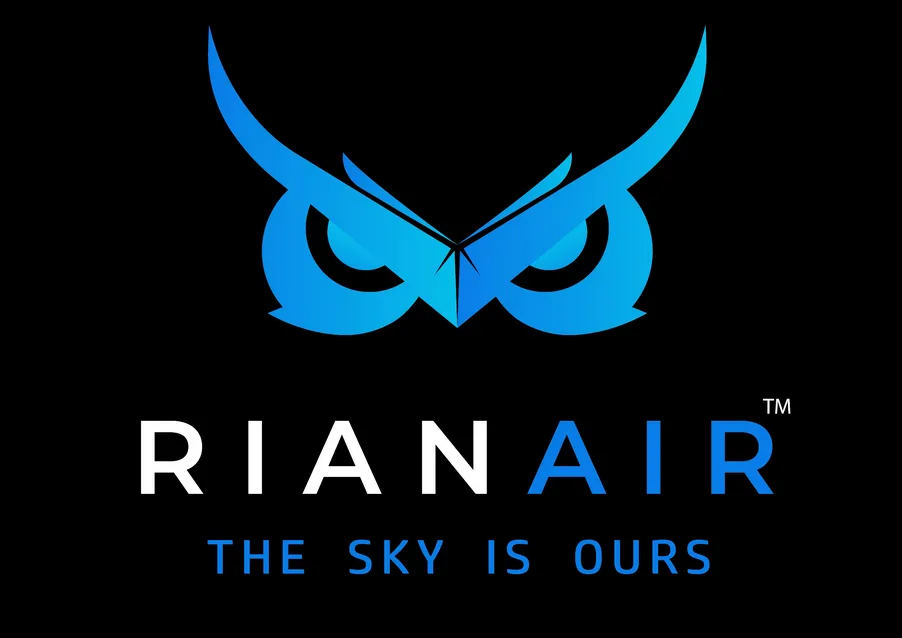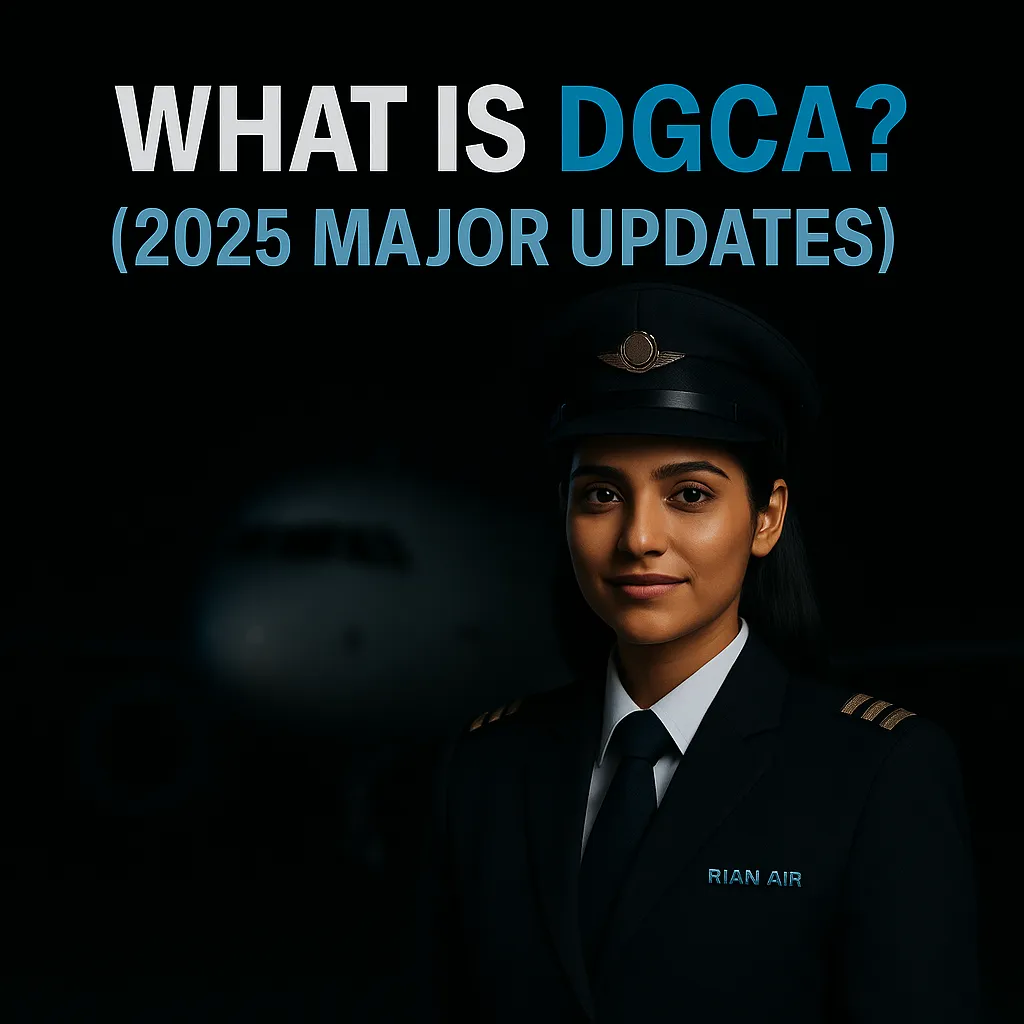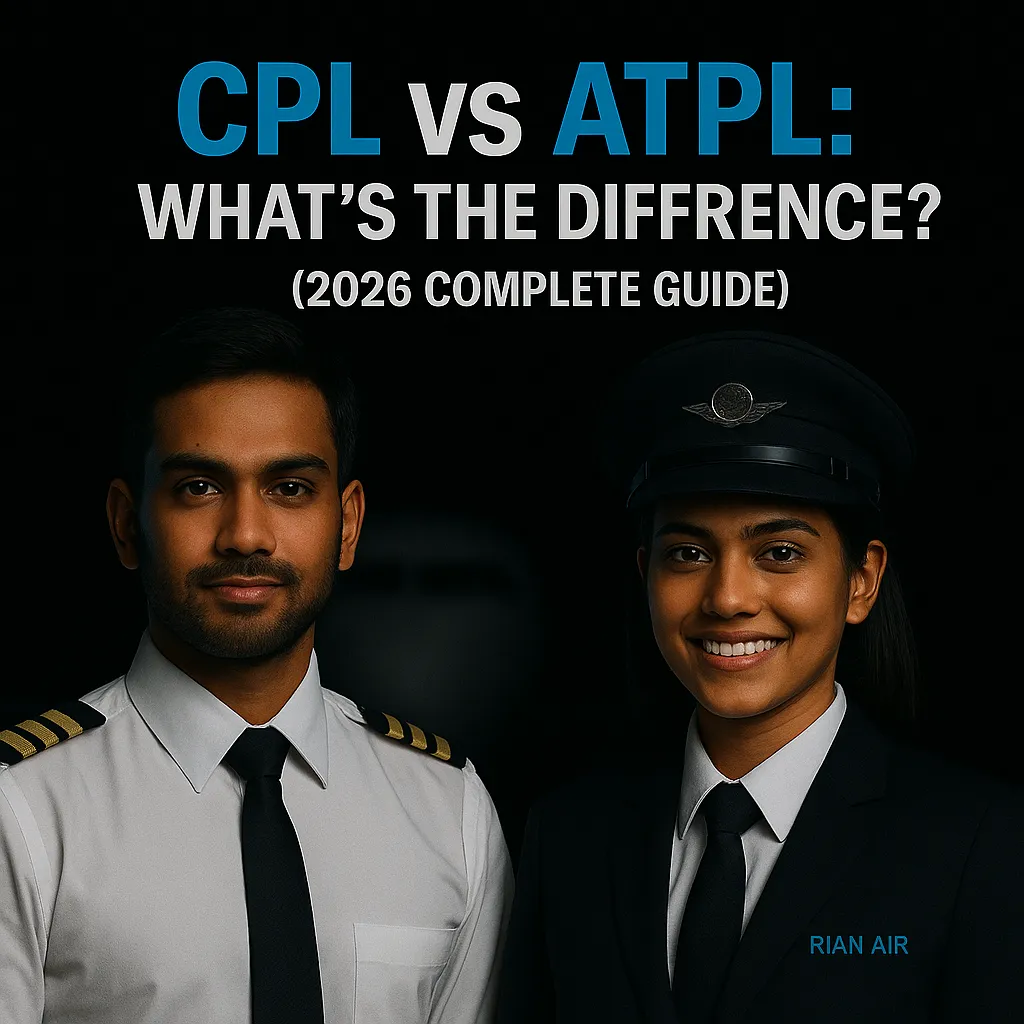New DGCA FDTL Rules Explained (2025 Edition)
How India’s New Fatigue and Duty Time Regulations Are Changing Pilot Rosters. Globally, these rules exist to prevent pilot fatigue — one of the most critical safety concerns in aviation.
✈️ What Is FDTL and Why It Matters
FDTL stands for Flight Duty Time Limitations — the rules that determine how long a pilot can be on duty or in the cockpit, and how much rest is required between flights.
Globally, these rules exist to prevent pilot fatigue — one of the most critical safety concerns in aviation.
In India, DGCA (Directorate General of Civil Aviation) oversees and enforces FDTL norms for all scheduled and non-scheduled airline operators.
The latest 2025 FDTL update marks one of the most important changes in pilot scheduling in over a decade.
🧭 Why DGCA Updated the Rules in 2025
With India becoming one of the world’s fastest-growing aviation markets, pilot workloads have increased significantly.
DGCA’s review of 20+ years of operations showed the need for greater fatigue protection, improved circadian alignment, and a safer, science-based framework.
After consultations with airlines, pilot associations, and international regulators, the new FDTL framework was introduced for phased implementation through 2025.
📘 Key Highlights of the New DGCA FDTL Rules (2025)
| Parameter | Old Regulation | 2025 Update |
|---|---|---|
| Weekly Rest | Minimum 36 hours | 48 hours mandatory for most roster patterns |
| Definition of Night Duty | 0000 – 0500 hrs | 0000 – 0600 hrs to cover full Window of Circadian Low (WOCL) |
| Max Flight Duty per Day | 10–12 hrs depending on sectors | Capped at 10 hrs if operating through WOCL |
| Cumulative Duty (14 days) | 100 hrs max | 95 hrs max (aligns closer with ICAO) |
| Rest After Night Duty | 10 hrs min | 12 hrs min or equal to previous duty time |
| Implementation | 1 Jan 2019 (previous) | Phase 1: 1 July 2025 (15 clauses) Phase 2: 1 Nov 2025 (remaining 7 clauses) |
| Fatigue Risk Management System (FRMS) | Voluntary | Mandatory FRMS policy submission by airlines |
Sources: DGCA India Press Release May 2025 | Times of India | ET Aviation | NDTV Profit
🧩 What FRMS (Fatigue Risk Management System) Means
Alongside FDTL, DGCA has introduced FRMS — a data-driven fatigue-tracking system that requires airlines to record flight times, sleep patterns, and rest compliance for their crew.
This system uses scientific models and pilot feedback to proactively manage fatigue risk rather than react to incidents.
It’s a shift from prescriptive rules to predictive safety management, similar to EASA and FAA standards.
💡 Impact on Airline Operations
-
Roster Planning: Airlines now need to design schedules with larger rest windows and fewer night sectors per roster.
-
Crew Utilisation: More pilots may be required to maintain same network capacity — creating more career opportunities.
-
Training Standards: Student pilots will see greater emphasis on fatigue management and human-factors studies during ground training.
“The new FDTL norms don’t just protect pilots — they protect passengers, aircraft, and the aviation ecosystem itself.”
— Capt. Vikas Vikramdas Nair
📊 What This Means for Aspiring Pilots
For students preparing under DGCA regulations, understanding FDTL is part of Air Regulations and Human Performance & Limitations subjects.
Knowing these real-world applications helps during DGCA exams and later in airline interviews.
Additionally, as the aviation industry expands under safer norms, pilot demand is projected to rise — a positive sign for those starting training in 2025–26.
🔊 Related 2025 DGCA Update — RTR(A) Exam Take-Over
DGCA will officially take over the Radio Telephony Restricted (Aeronautical) [RTR(A)] exam from the Wireless Planning & Coordination (WPC) Wing starting November 2025.
Why it matters:
-
Simplifies the licensing process (DGCA will handle both technical & RT competency)
-
Expected increase in exam frequency & exam centres
-
Better synchronisation with DGCA’s CPL/ATPL documentation pipeline
This move represents DGCA’s broader goal to centralise pilot licensing under one digital framework — reducing bureaucracy and time delays for candidates.
🧠 How to Stay Updated on DGCA Regulations
1️⃣ Follow official DGCA notices on https://dgca.gov.in
2️⃣ Track airline circulars and FTO bulletins for implementation updates
3️⃣ Join professional pilot networks & aviation forums
4️⃣ Use credible study resources & question banks for DGCA subjects
5️⃣ Read monthly aviation blogs and news digests
🧾 Summary
-
DGCA’s 2025 FDTL update prioritises rest and fatigue science over roster efficiency.
-
The two-phase implementation (July & November 2025) aligns India with global aviation standards.
-
DGCA is modernising pilot licensing — taking over RTR(A) and introducing Fatigue Risk Management Systems.
-
These changes create a safer, more balanced career environment for India’s next-generation pilots.
📞 Learn More About DGCA Pilot Training
If you’re beginning your journey into aviation, keep yourself informed and DGCA-ready with structured ground training, digital question banks, and regulatory awareness.
👉 Explore DGCA-Aligned Ground Training & Learning Resources at Rian Air – The Sky Is Ours®










